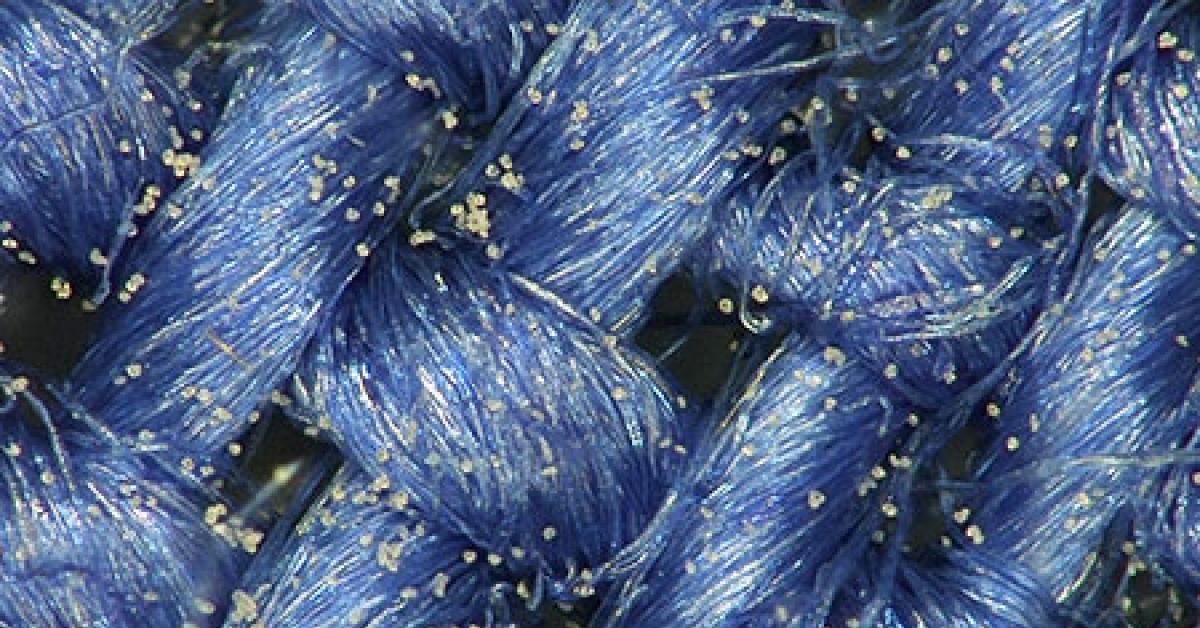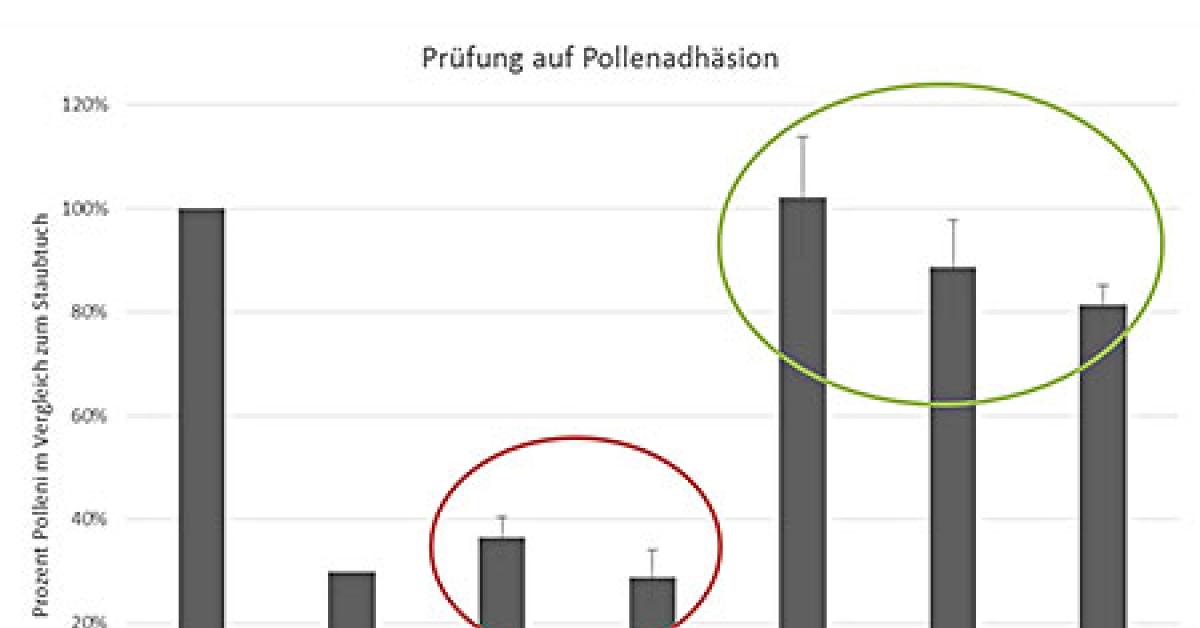BOENNIGHEIM, Germany — From Prof. Dirk Höfer, director of the William-Küster-Institute for Hygiene, Environment & Medicine here at the Hohenstein Institute: “Under health aspects, fabrics should be regarded as key distributors of pollen.”
The newly developed test set-up for pollen adhesion/repellence offers textile manufacturers the chance to develop optimized clothing and domestic textiles in the future for people who are allergic to pollen, in order to alleviate the annoying symptoms of hay fever, writes the Institute in a report.
In a joint pilot study, scientists from the William Küster Institute at the Hohenstein Institute and CHT R. Beitlich GmbH in Tübingen have established some important basic principles for pollen management on textile surfaces, the Hohenstein Institute notes.
Pollen adheres readily to clothing or domestic textiles and then finds its way through the respiratory system into the body, where it triggers an allergic reaction in people who are over-sensitive to it, the Institute says.
To counteract these permanent sources of exposure, scientists at CHT R. Beitlich GmbH have developed two special anti-pollen textile finishing treatments.
The two bio-functional finishes work in opposite ways: depending on which coating material is applied, it either repels the pollen or binds it in.
This approach, the Hohenstein Institute relates, based on altering the physical characteristics of the surface, is intended to maximize or minimize the adhesion/stickiness of the pollens that land on the textile surface through convection or diffusion.
Clothing may have pollen-repellent properties, which serves to reduce the amount of pollen that is brought into the home after a springtime walk.
However, the Institute points out, it is better for domestic textiles like sofas, carpets and curtains to have a pollen-binding effect, in order to keep the troublesome allergens far away from the allergy sufferer.
This method of testing enables scientists to accurately assess the ability of a textile finish to absorb pollen, retain it, or deliberately release it.
With the help of a pollen test bed, it will now be possible to assess the pollen allergy risk posed by textile surfaces, so as to bring relief for allergy sufferers affected by it, the Institute says.
Have a question or comment? E-mail our editor Dave Davis at [email protected].



